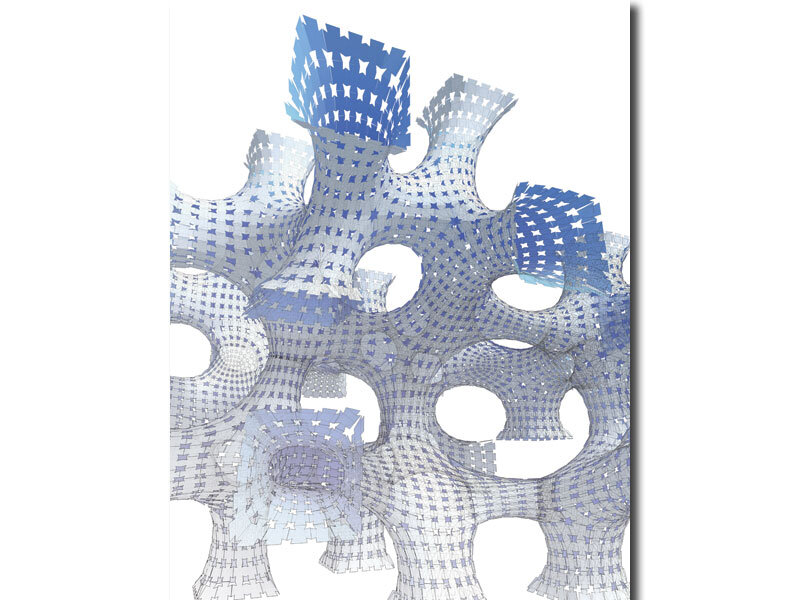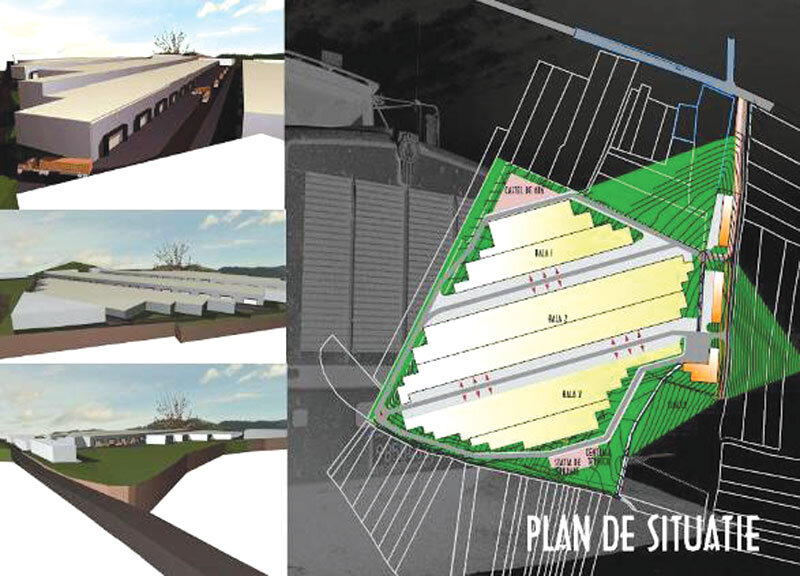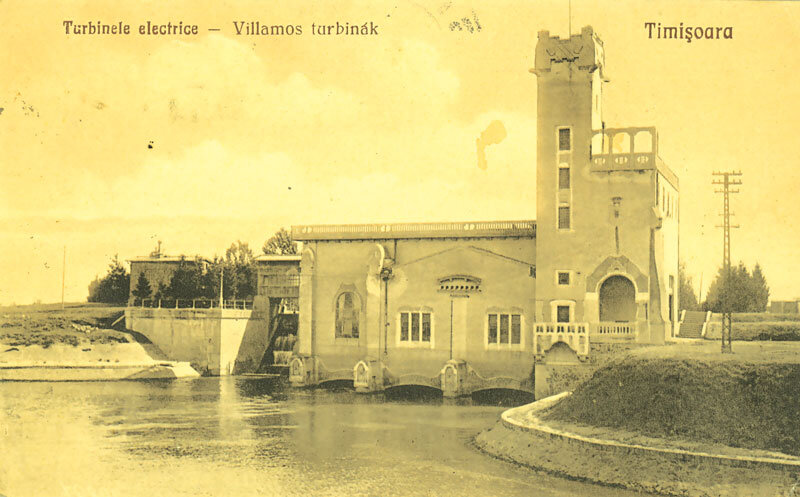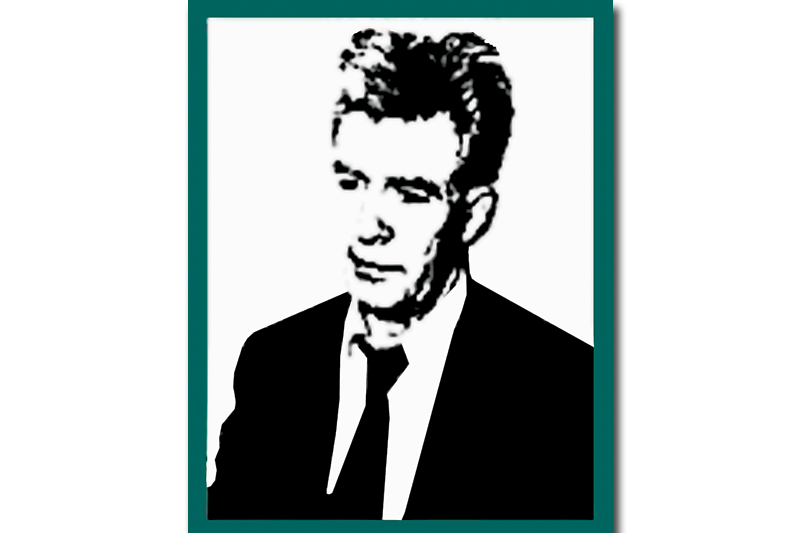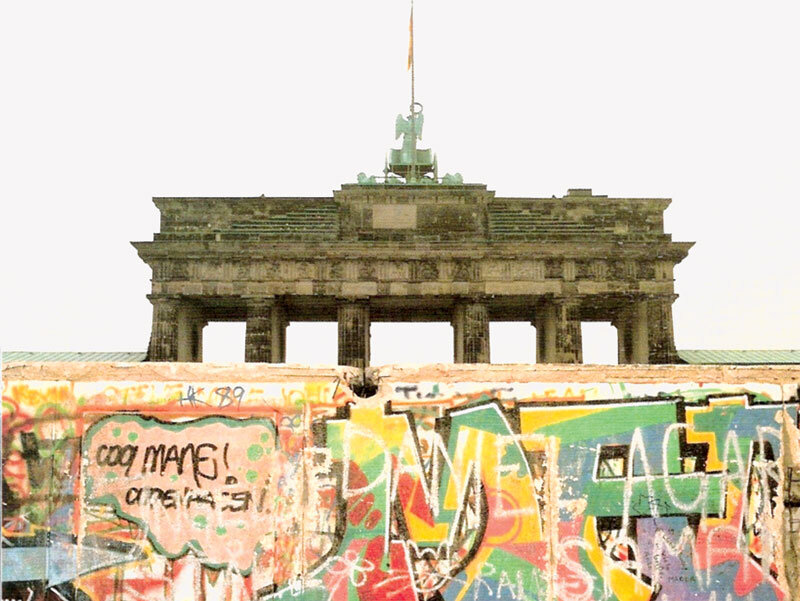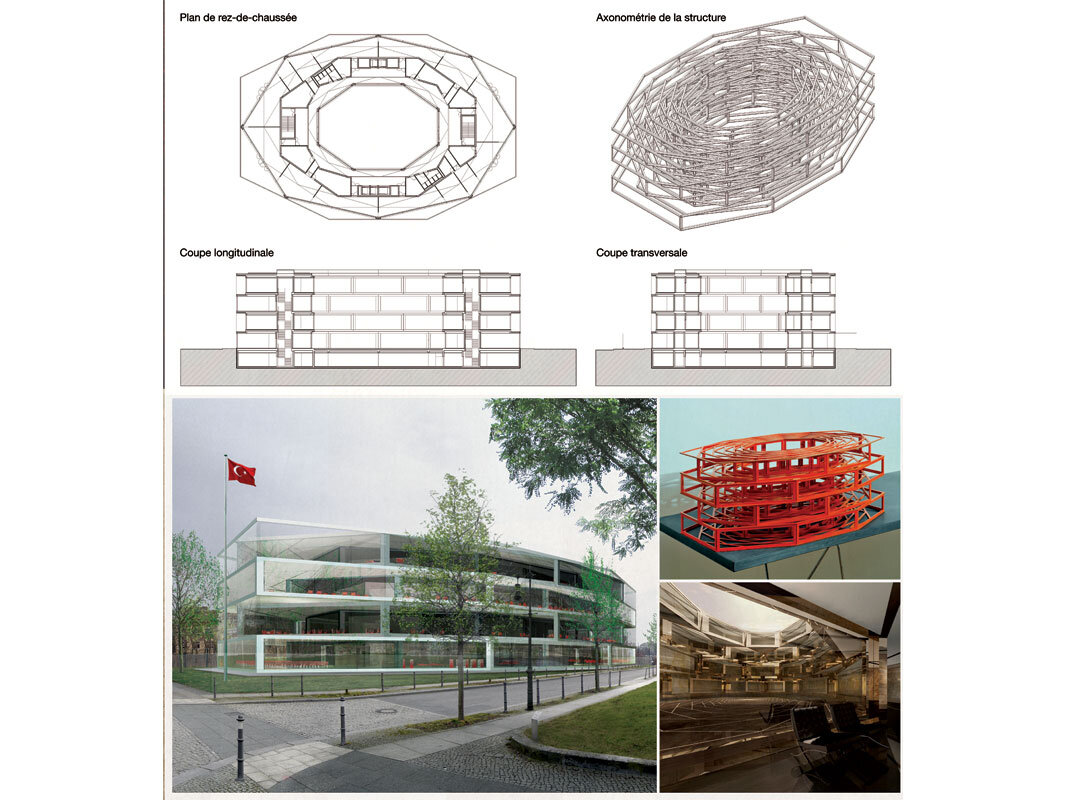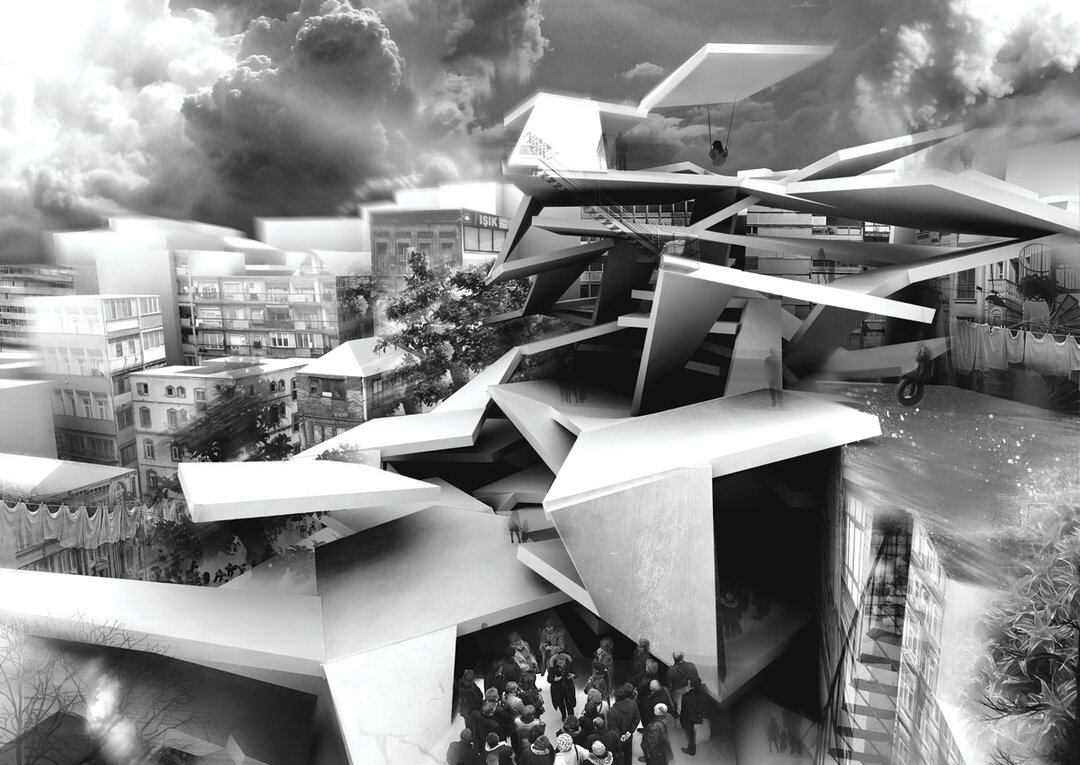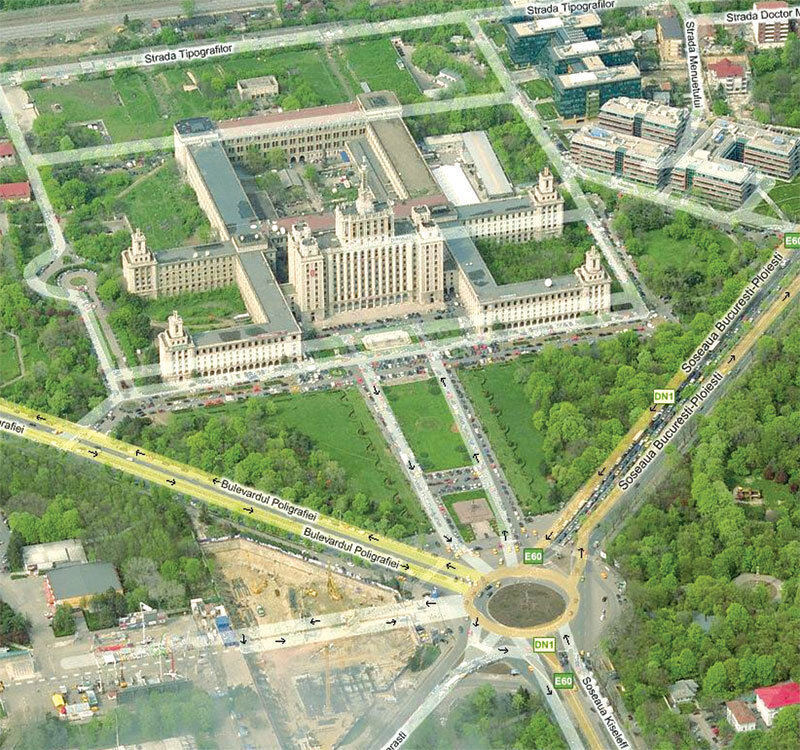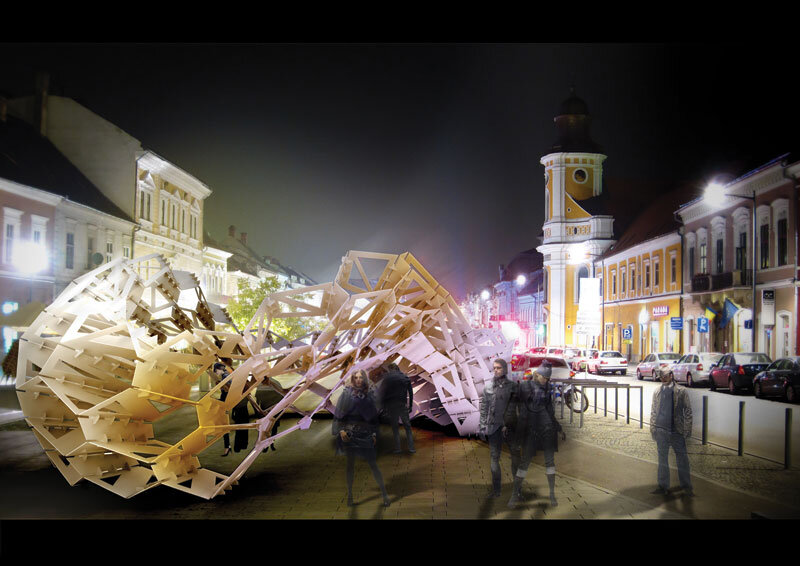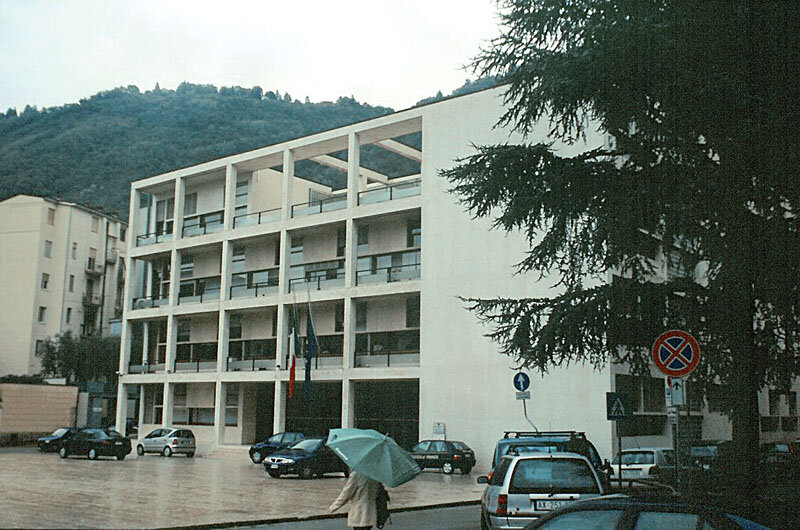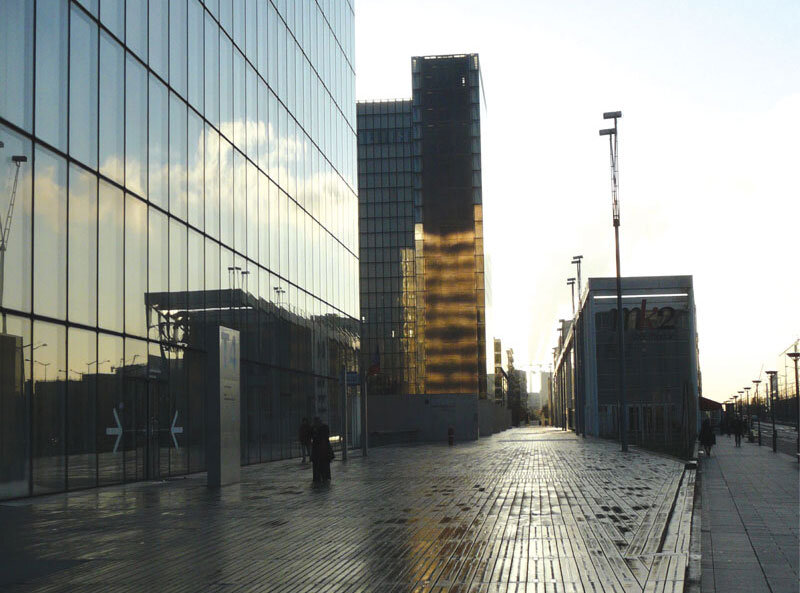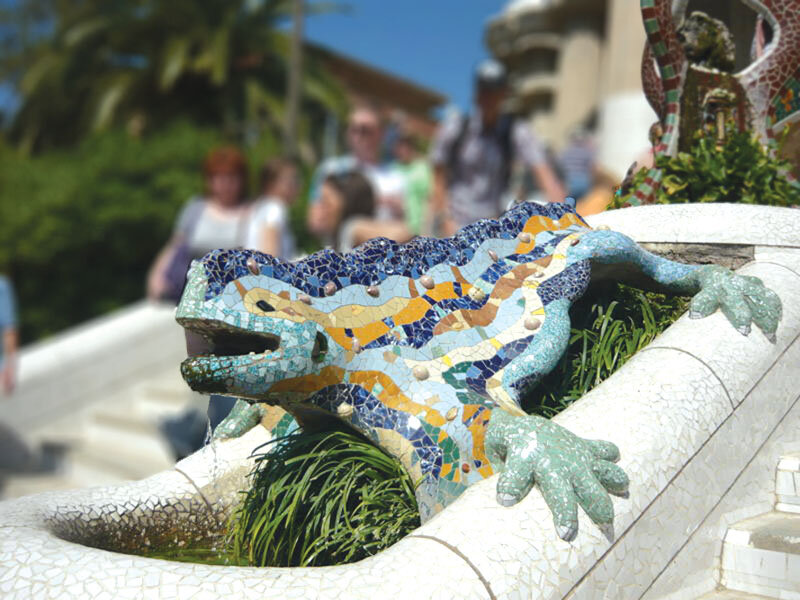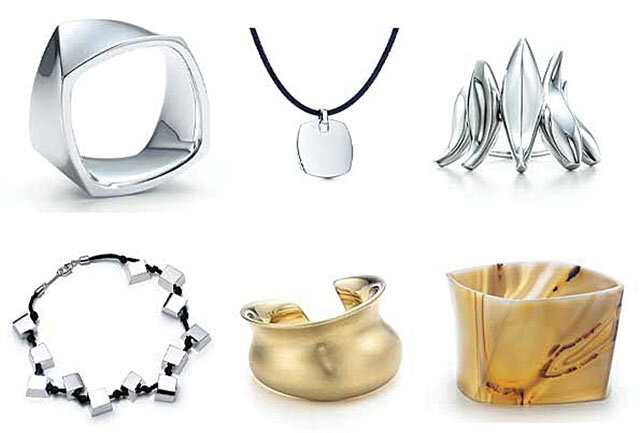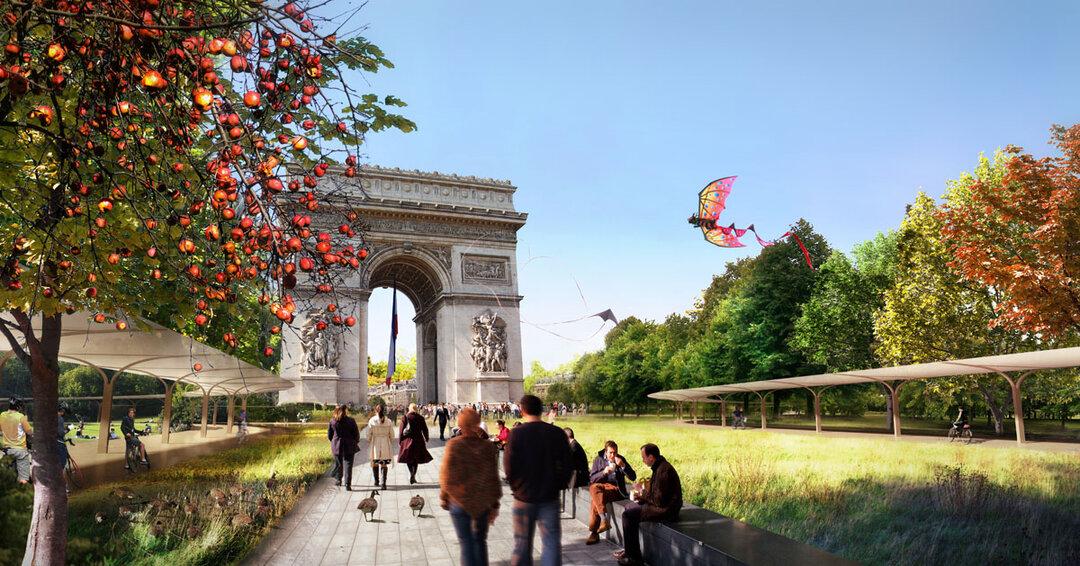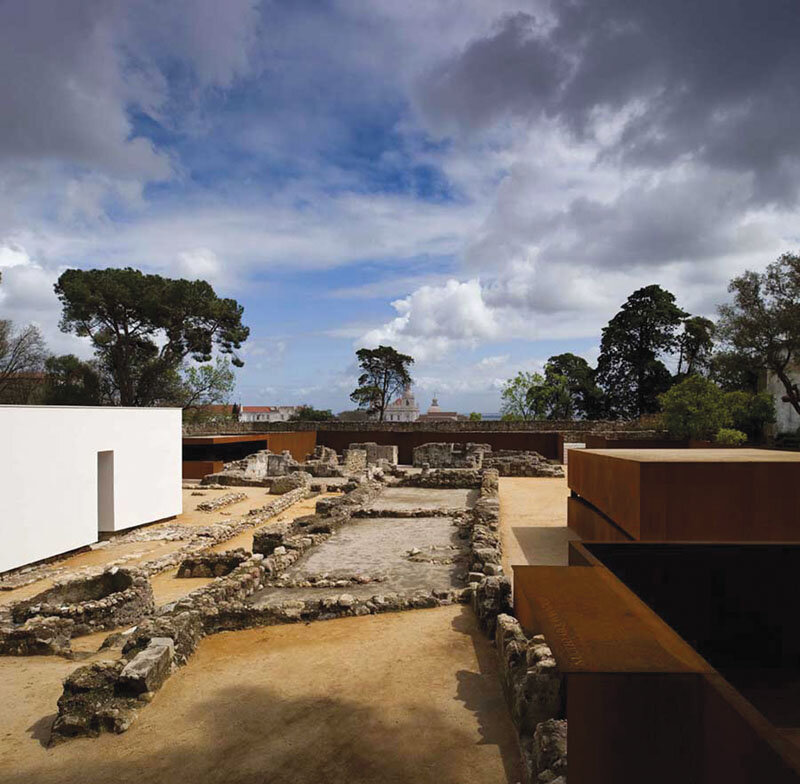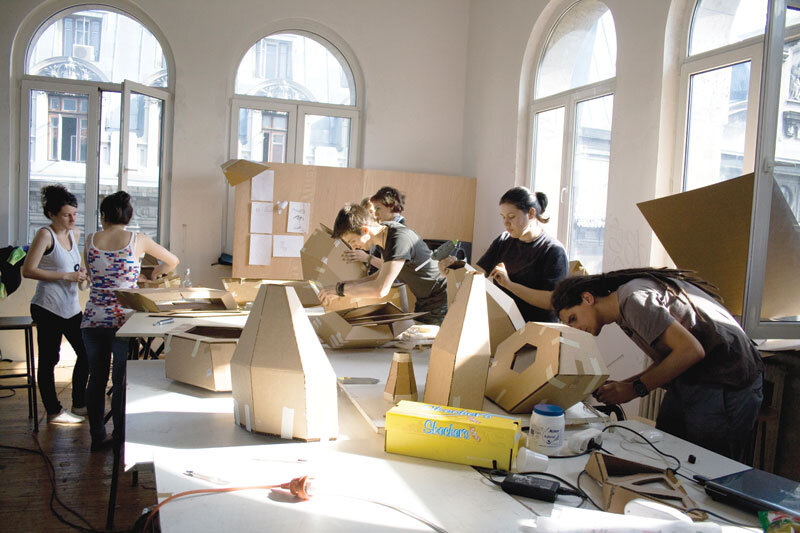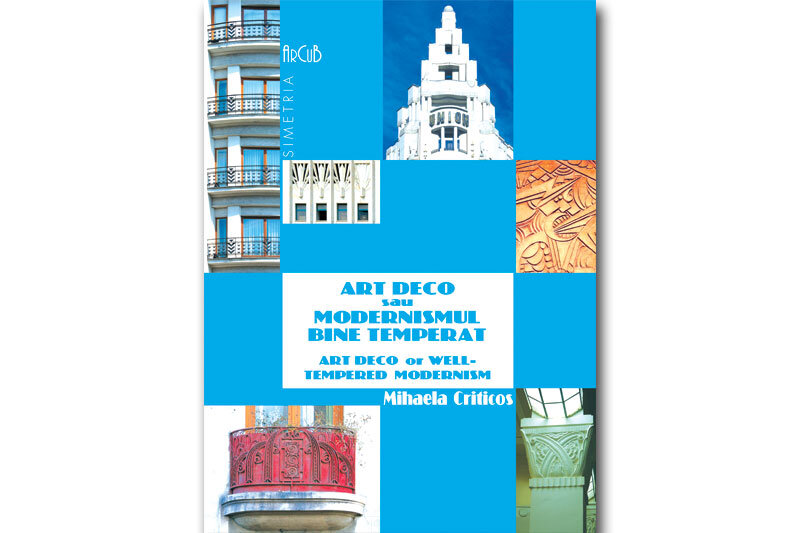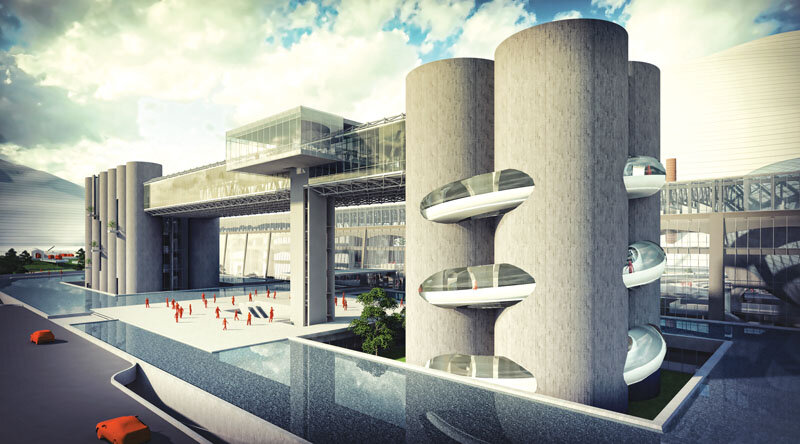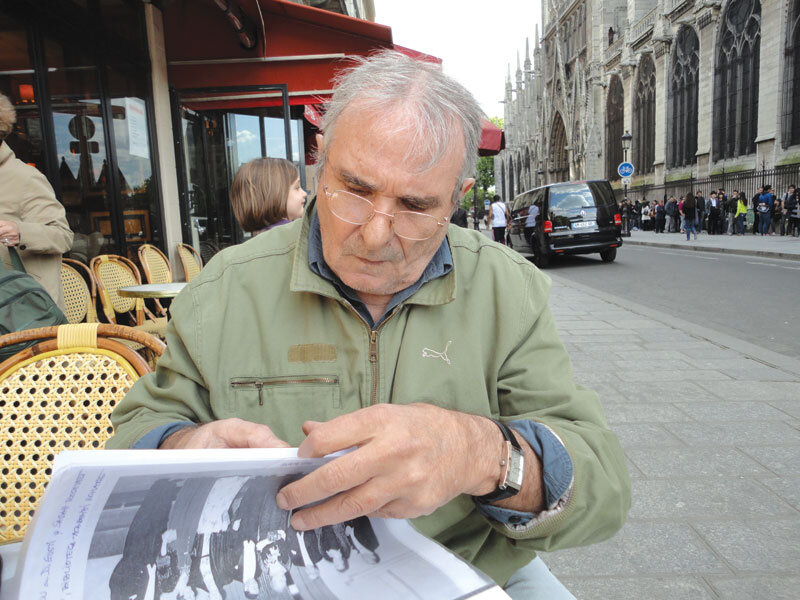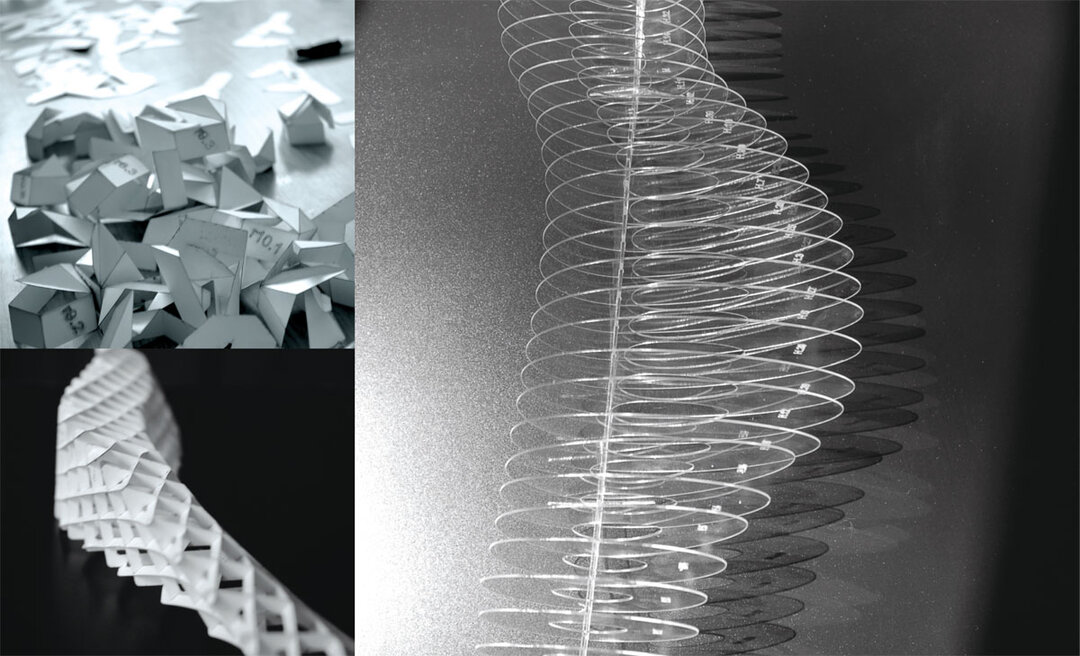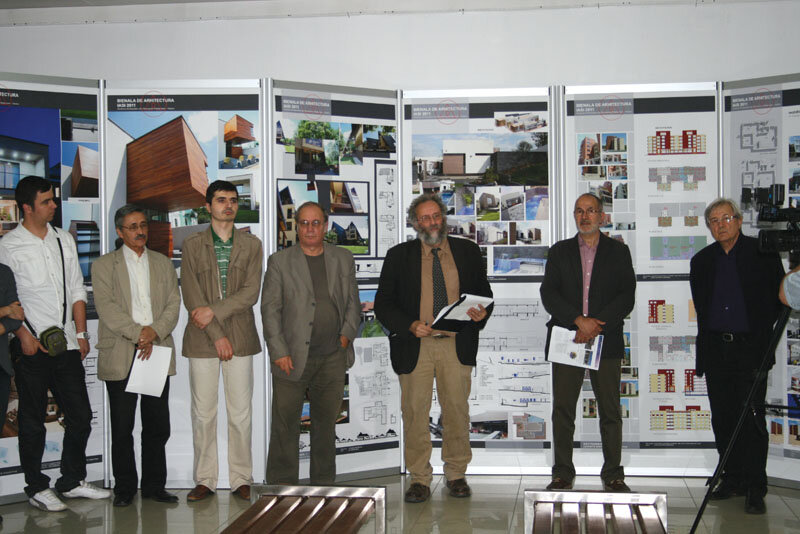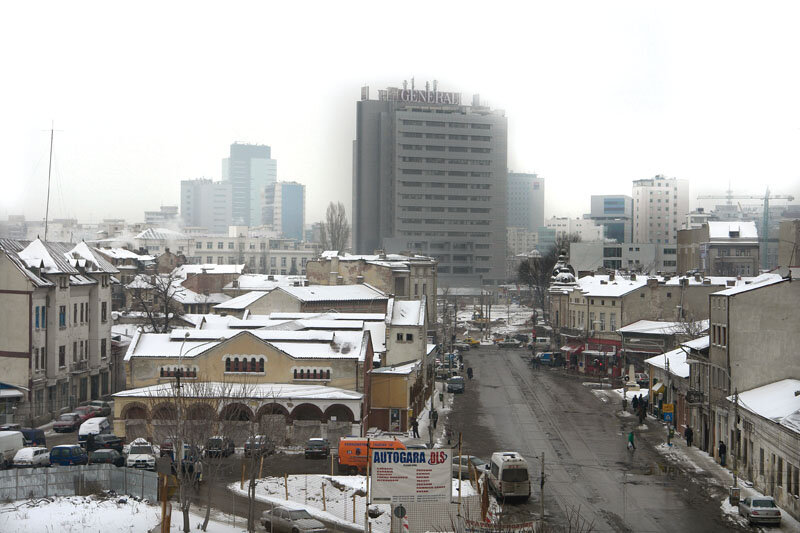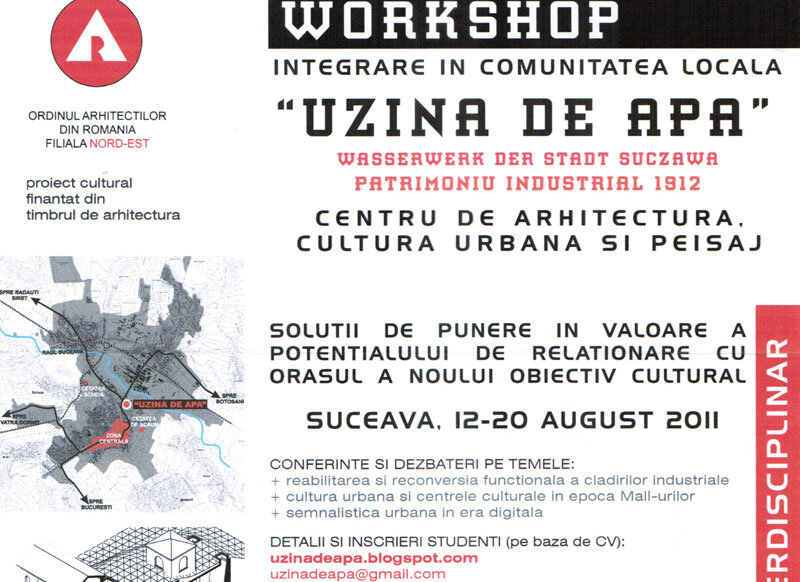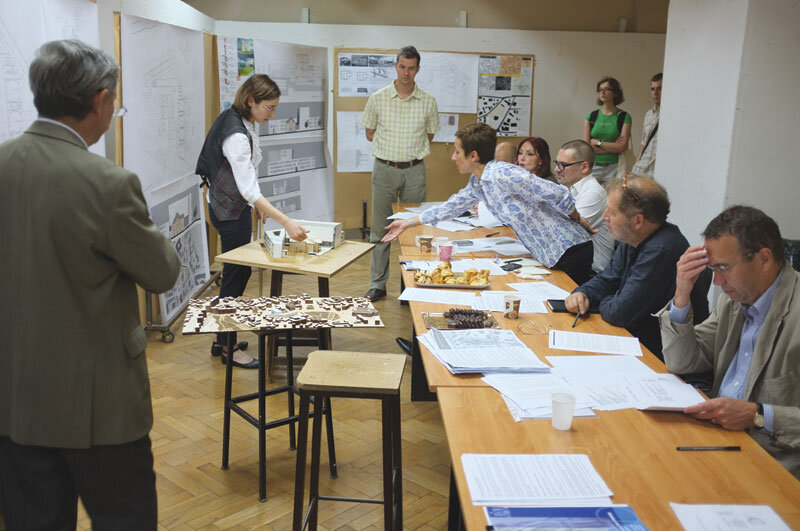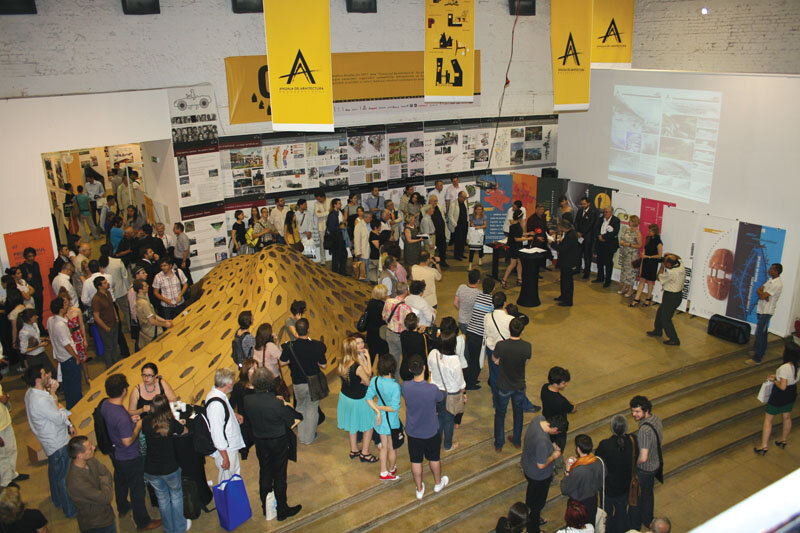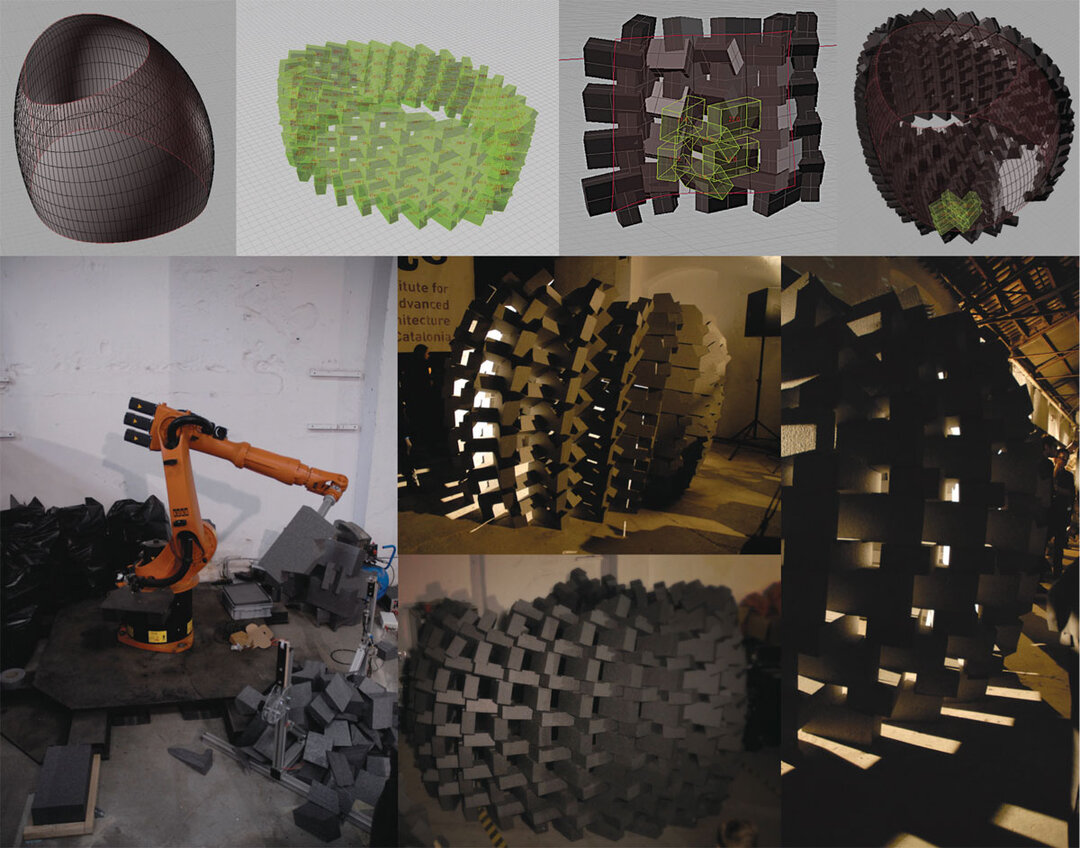
"Inter-breaks" in the sweet idleness of the spirit
Inter-ruption of the Sweet Laziness of Spirit
| Just when our critical reasoning is letting itself be taken over by the sweet torpor of summer vacation, an almost violent subject - Interruptions - comes, lo and behold, to once again awaken its vigilance. An awkward break in the lazy spirit that was beginning to set in. The editorial staff of "Arhitectura" expects from us a freshness of observation and interpretation, as the polemic, the avant-garde and the revolution... which have generated the great ruptures in the history of civilization and aesthetic culture - it says in the program of the thematic issue. We try hard to produce them, while we check our tents and backpacks, look for the green card in the car, the bicycle pump or the beach gear. How well I now understand the popular antipathy to theorizing and to avant-garde thinking, however vociferously it is supported by critics. It's hard for the homosophist in us to break out of inertia, just as, in other words, it's hard for postmodern "weak thinking" to respond to challenges from fundamental research. (Forgive Gianni Vatimo if I have vulgarized his concept, but philosophical theses sometimes have to be brought down from the heights and tried out in Habermas's "unformed communication". Or ours.) So, the great historical ruptures have oxygenated the atmosphere and led mankind to progress, we are told. More with a guillotine in the sensible world, more with the destructive element in the art world1. Except that, reprehensibly and shamefully, some of us of lesser intellect yearn for the well-being of continuities, indulge in the slumber of the spirit amid déjà vu. Even worse: they want to see continuities where it is agreed that there are ruptures, and they are happy to see such worldly habits in others. Read the full text in 3 / 2011 of Arhitectura magazine. 1"I think the destructive element is far too neglected in art," said Piet Mondrian. |
| Just as our critical judgment was preparing to get numbed by the sweet heat of the summer holiday, behold, an almost violent topic - Ruptures - comes to arouse its vigilance one more time. A really uncomfortable inter-ruption of the spirit's laziness that was just beginning to take us over... The editorial staff of "Arhitectura" magazine expects us to come up with fresh observations and interpretations, in the spirit of those produced by the polemicists, the avant-garde and the revolution... which generated the great ruptures in the history of civilization and in the aesthetic culture - according to the theme of the issue. We are trying hard to produce them while checking the tent and the backpacks, looking for the green card, the bicycle pump and the beach gear. I understand so well now the popular aversion to theories and the avant-gardist thinking, no matter how clamorously the critics may support it! It is hard for what is human in us to break with inertia, just like, from another perspective, it is difficult for the postmodern "weak thought" to respond to the challenges coming from fundamental research (I hope Gianni Vatimo will forgive me for having vulgarized his concept, but philosophical theses sometimes need to be brought down to earth and tested in Habermas' "undistorted communication". Or in ours). Therefore, the great historical ruptures refreshed the air and led humanity towards progress, or so we are told; with the help of a guillotine in the sensible world, and with the help of the destructive element, in the art world1. Only, in a most condemnable and shameful fashion, there are still those of us endowed with a weaker thought who crave for the welfare of continuity, who indulge in the spirit's drowsiness amid the déjà vu's, and, which is even worse, who want to see continuity where agreement has been reached that there are ruptures; moreover, they even rejoice at seeing such earthbound mores embraced by others, too. Read the full text in the print magazine. 1 "I believe the destructive element is far too overlooked in art", said Piet Mondrian. |

